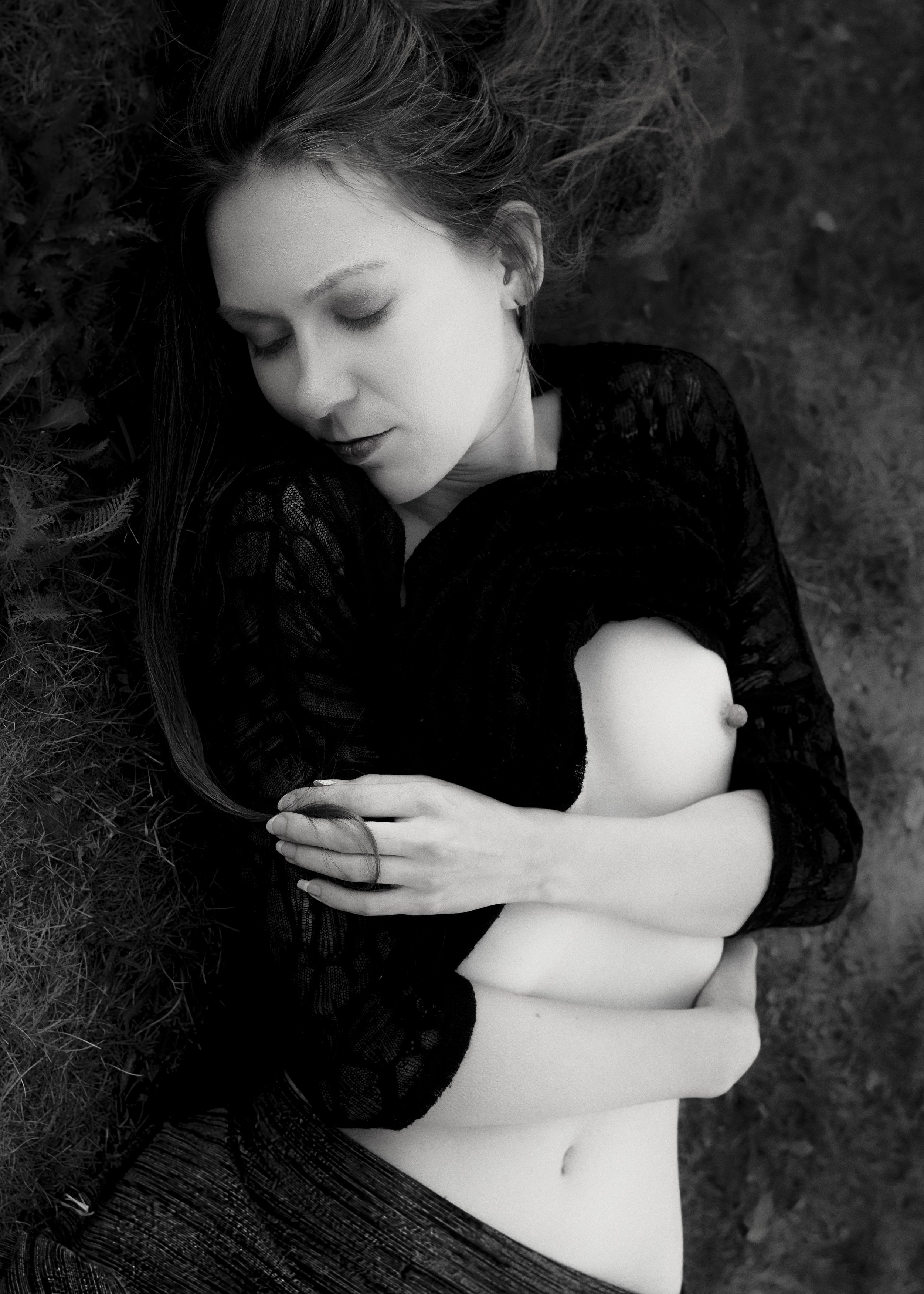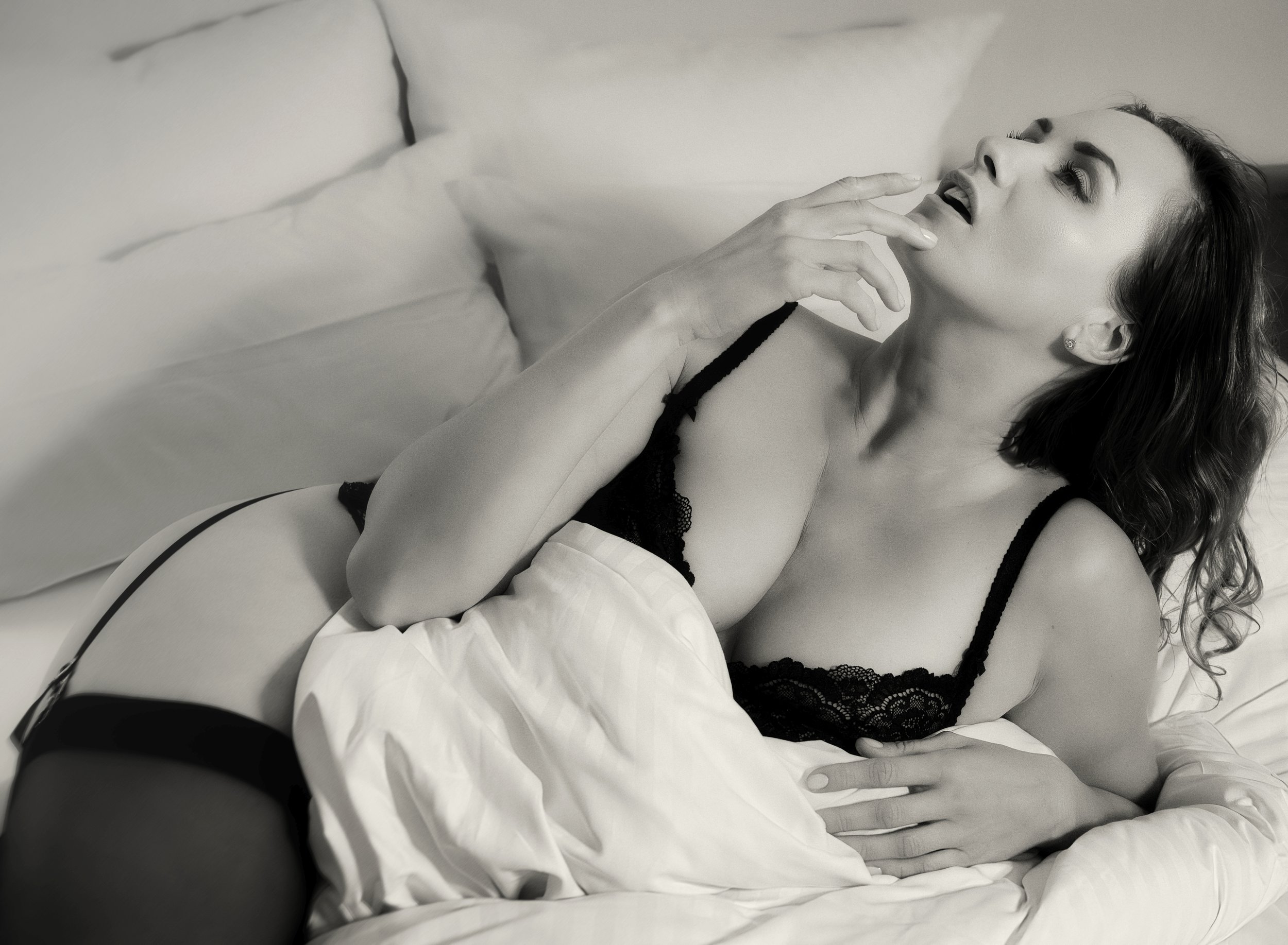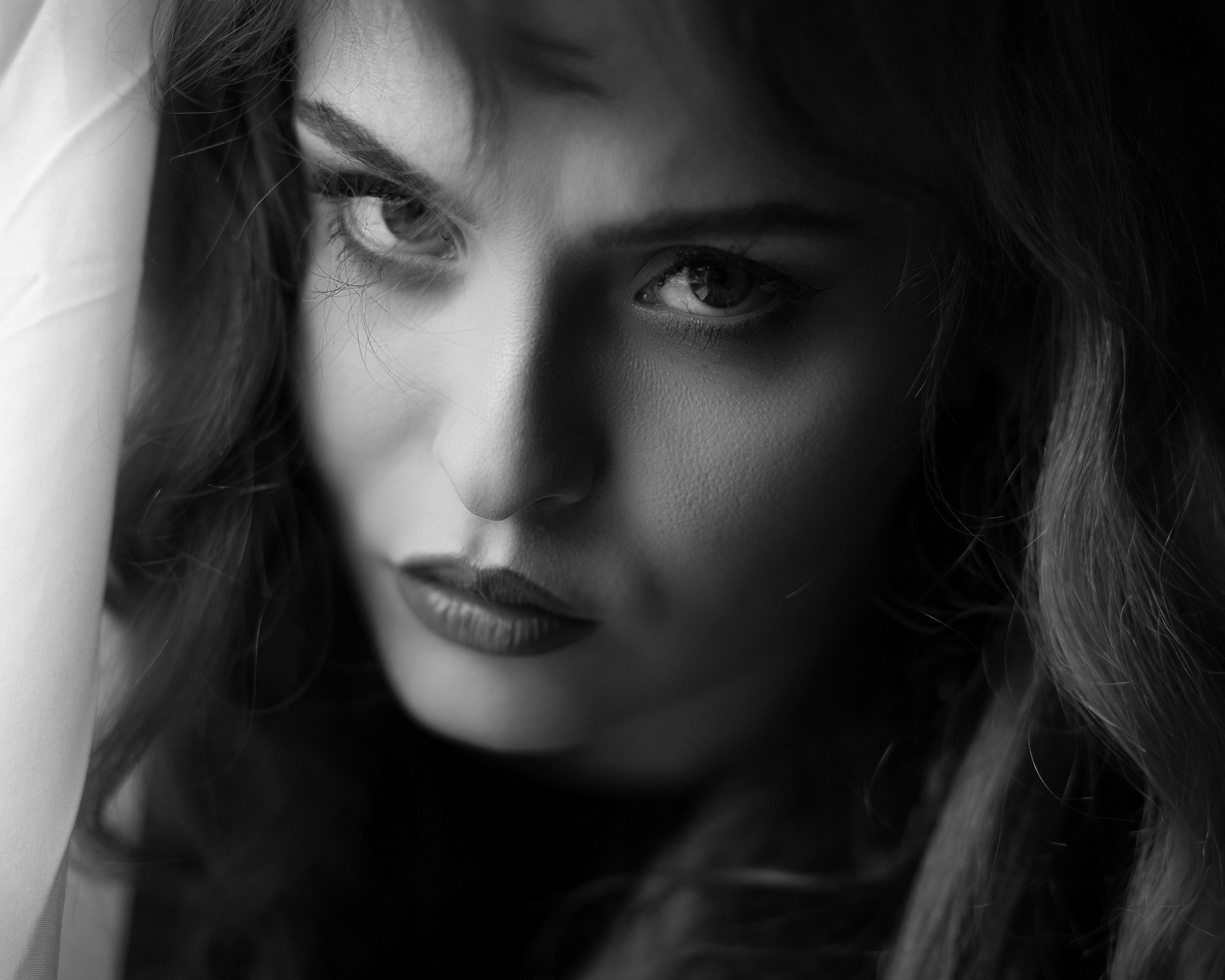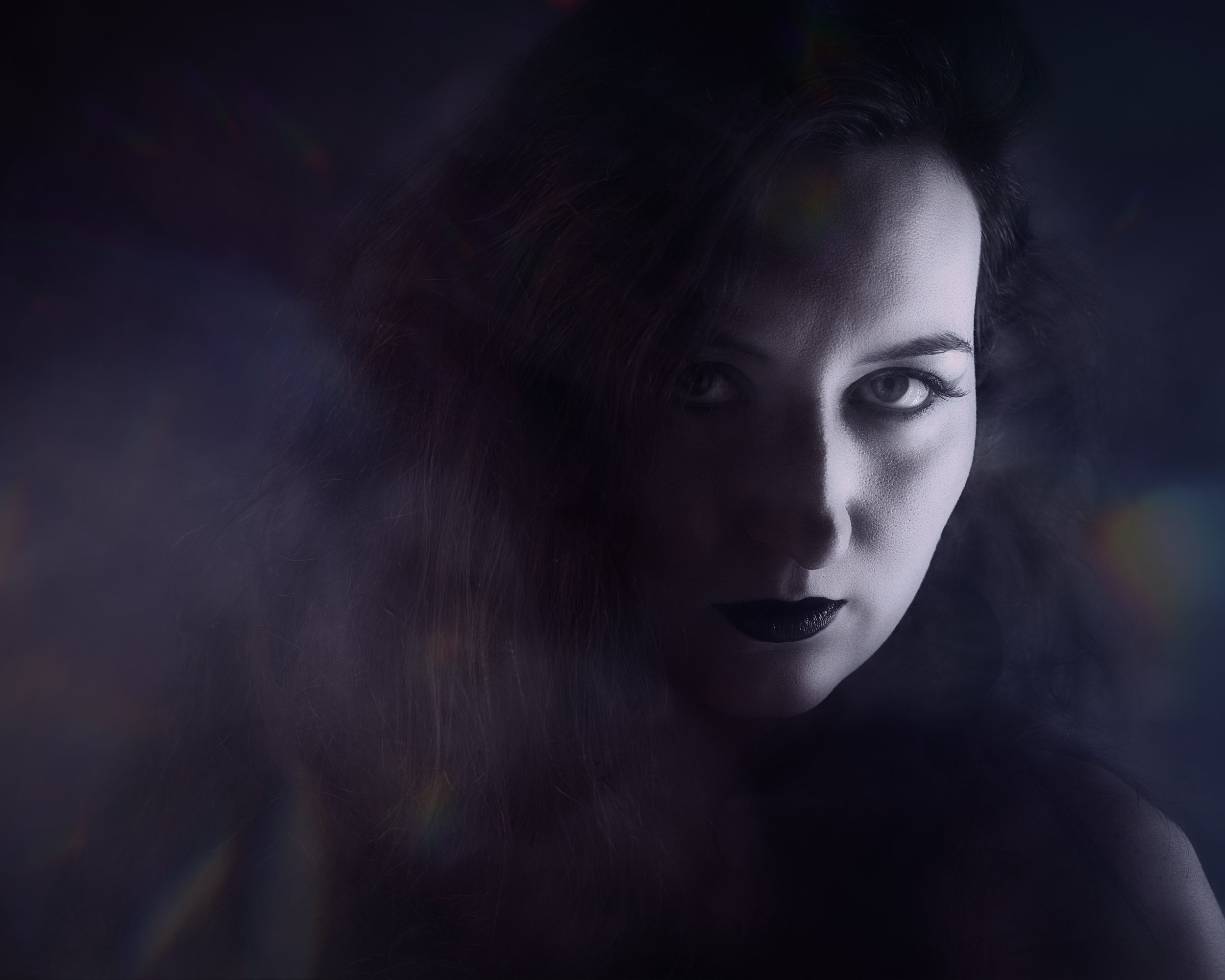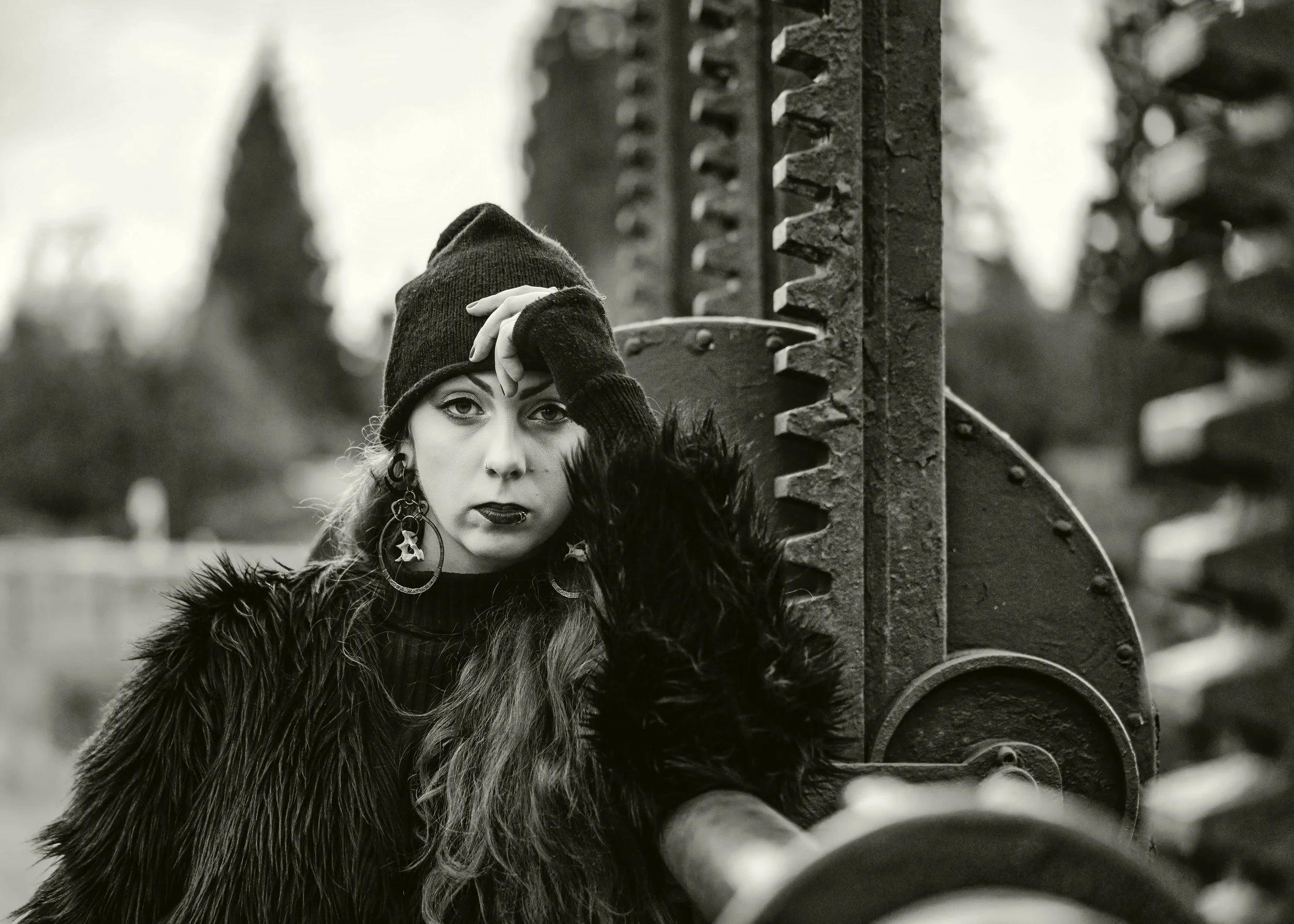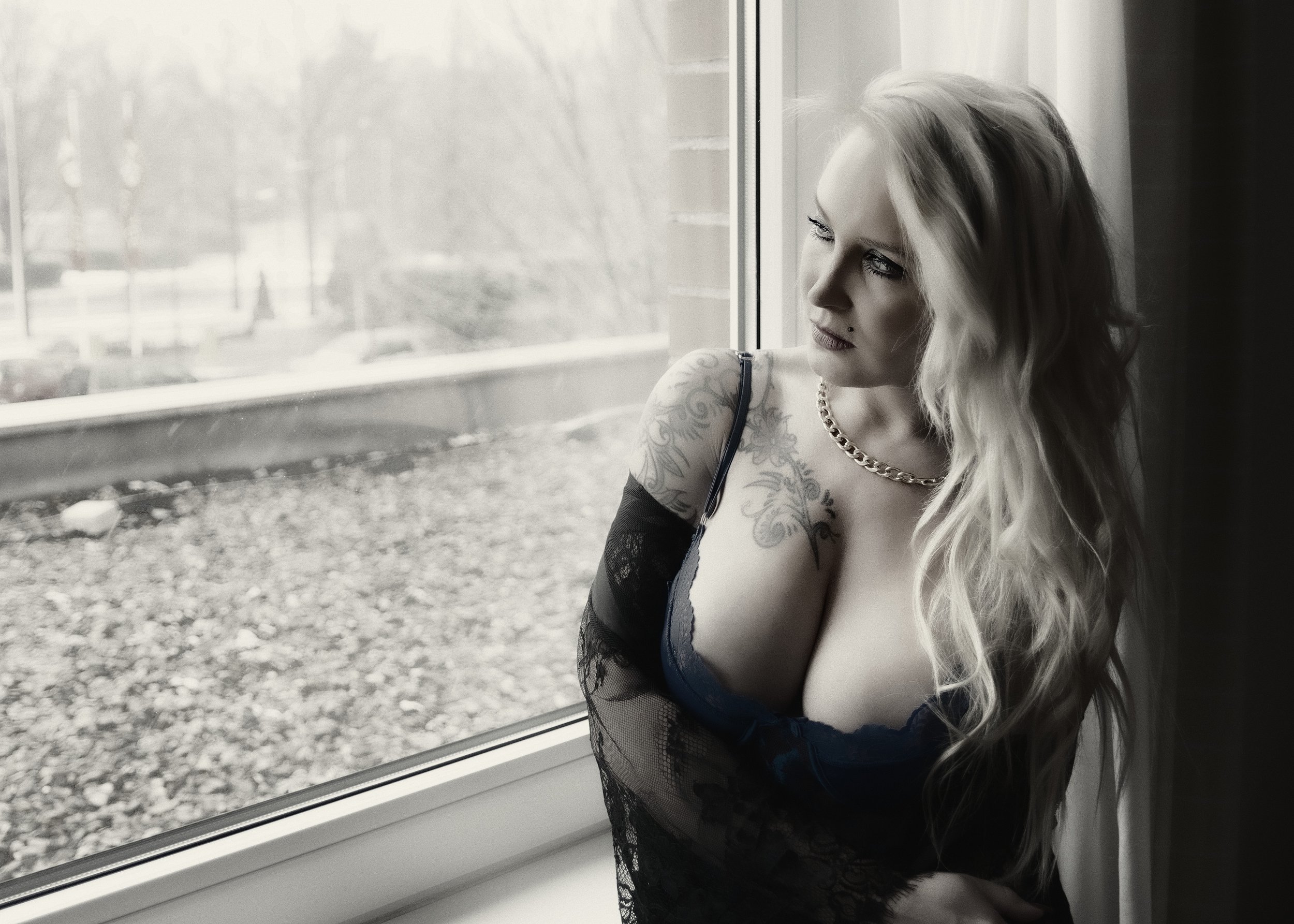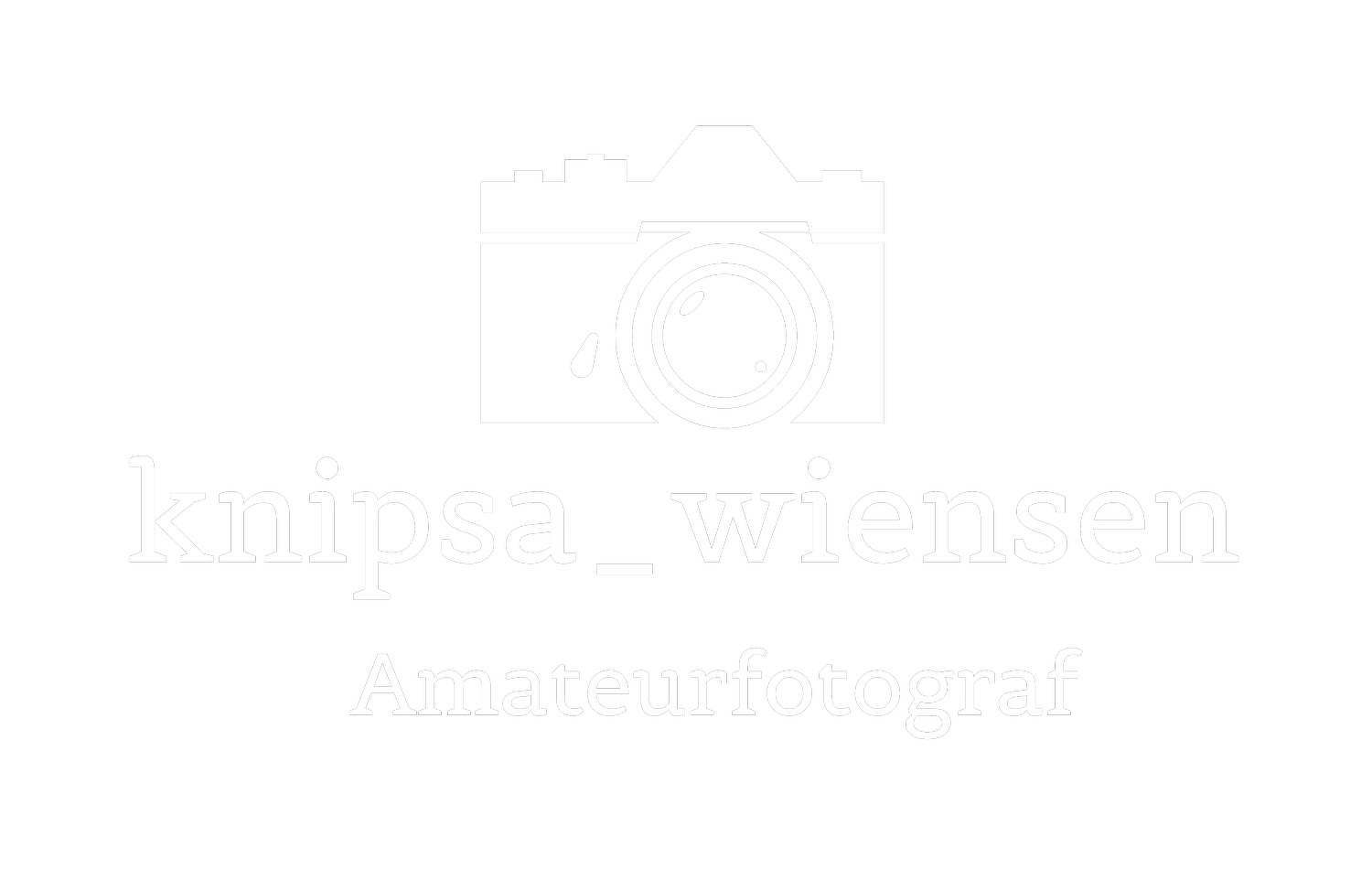My name is Martin Gaebler from Uslar-Wiensen. Wiensen is located north of Kassel (Documenta!) and west of Göttingen (Göttinger Elch!). Uslar too...
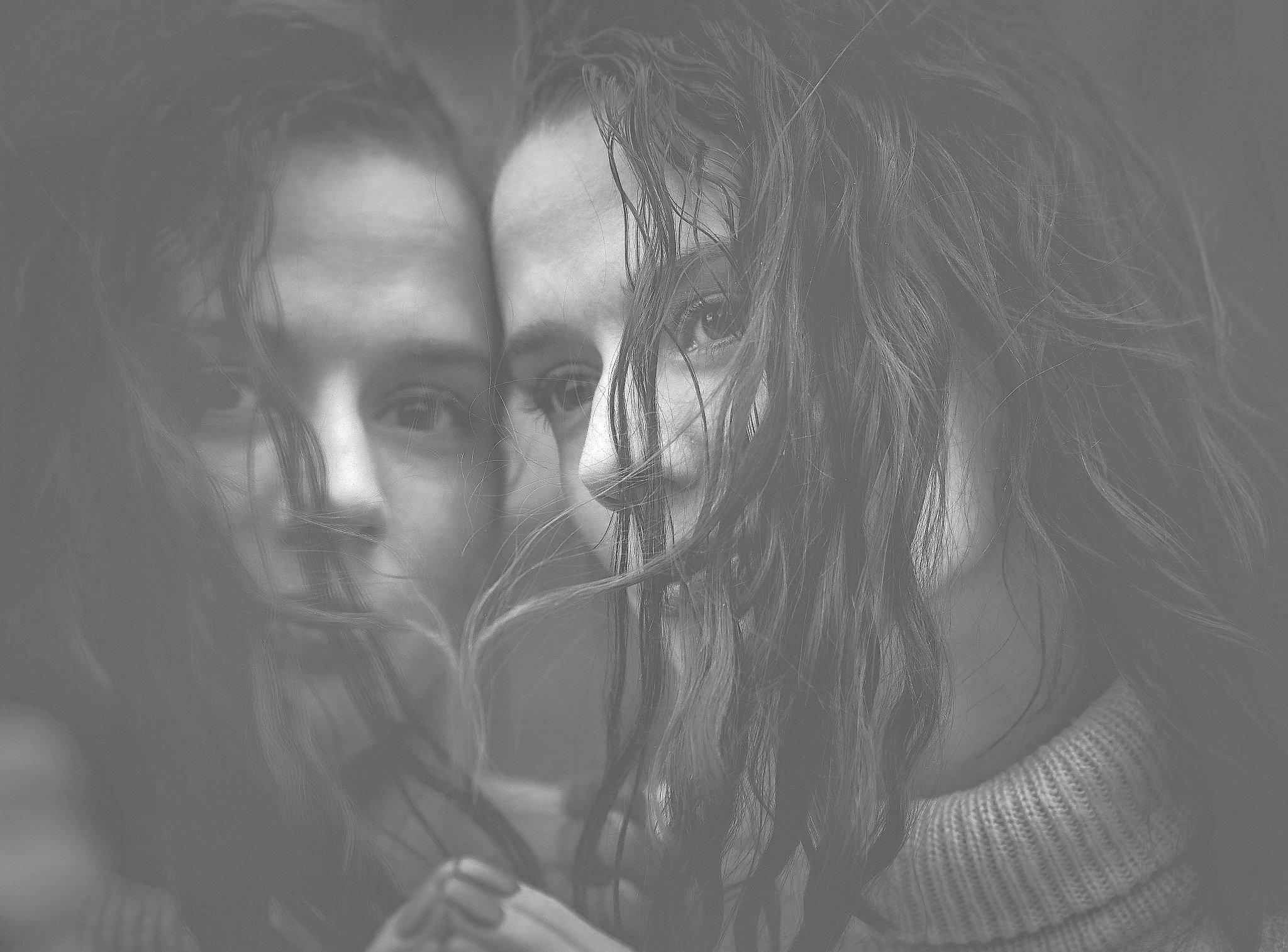
Personal Curriculum Vitae:
Born in Wolfsburg in 1956, graduated from the Ratsgymnasium in WOB in 1976, army, started studying physics at the Clausthal University of Technology in 1977, stopped doing nonsense in 1982. In 1983 moved to Uslar and laid pipes there on the construction site, then 2 years of retraining as a heating engineer with journeyman's examination, in 1989 moved to the Ilse furniture factory, where I worked as a welder, then on the welding robot, completed various programming courses for “Reis-Robots”, in 2001 moved to the "office" to the AV (work preparation), for which I acquired the REFA basic certificate. In 2009 started with additional education as a safety specialist at the DGUV Academy in Dresden and successfully completed it in 2011.
Successfully retired since 2020!
Photographic Curriculum Vitae
I have been photographing since 1973. That's already 50 years. Always SLR, as a student with “Revueflex” and “Practica”. Later with a Ricoh X-RX, which my wife had won at the CeBIT in Hannover.
My first digital camera was a Minolta Dimage S404. Since 2009 I have been shooting with various Nikons: D40, D60, D3100, D3300 and D5300. Then with a Nikon 610, the first full-frame Nikon (now sold), since October 2021 with a Nikon Z50, my first mirrorless Nikon and additionally now with a Z5 as a full-frame camera.
In addition, there is a Nikon F70 as an analog camera, with which I expose black and white films from time to time. I have a small darkroom with an enlarger, all of which is rarely used. Most of the time, I have the films professionally developed in a laboratory and scan the negatives.
Motifs were always landscapes, animals, flowers, etc.
In 2016 I had my first photo shoot in Halle (Saale) with Nicole, with whom I "shot" for the third time in 2018, and in 2017 I had some photo sessions here in Uslar and Halle. And also the first in a rented apartment in Burguffeln. In 2018 it continued like this. Via portrait, street, fashion now also glamour/lingerie/boudoir and also first steps towards partial nude/nude.
Even in Corona times, there were always many shoots 1:1 and also shooting events (Fantasy, Halloween, Advent...), where I met many people who were active in front of or behind the camera.
My favorite motto is "Photographing must be fun!". And that's the most important thing. After all, I'm a hobby amateur photographer! And I can afford the luxury of taking pictures just for fun and without compulsion.
Splendid!
And: I don't take pictures at festivities, weddings, baptisms, etc., etc.
But people can always ask me if I photograph them. But if I agree... And that the pictures are well received...??? Nobody knows, as always.
With this in mind, have fun!
Backround picture is a mirrorphoto from Maren Nolte-Padalovic. She´s out of my hometown Uslar.
The fact that a photograph that is technically flawed in the conventional sense can be more emotionally effective than a technically flawless image will be shocking to those who are naïve enough to believe that technical perfection is the true value of a photograph.
Andreas Feininger
Andreas Feininger wurde als amerikanischer Staatsbürger 1906 in Paris geboren, verbrachte seine Jugend in Berlin und ab 1919 in Weimar und Dessau, wo sein Vater Lyonel Feininger an der Bauhaus-Hochschule unterrichtete. Seine Mutter war die aus jüdischer Familie stammende Künstlerin Julia Berg, geborene Lilienfeld (1881–1970).[1] Seine Brüder sind Laurence und Theodor Lukas, seine Halbschwestern Leonore und Marianne (1902–1999). Andreas Feininger absolvierte am Bauhaus eine Ausbildung zum Kunsttischler und studierte anschließend an der Bauschule in Zerbst Architektur.
1929 stellte er bereits seine Fotografien in der legendären Ausstellung Film und Foto (FiFo) in Stuttgart aus. Als fertiger Architekt arbeitete er von 1929 bis 1931 in Hamburg, als Zeichner im Architekturbüro der Kaufhaus-Kette Karstadt.
1932 verlor Feininger seine Arbeitserlaubnis und ging nach Paris. Ein knappes Jahr arbeitete er bei dem bekannten Architekten Le Corbusier. Da er auch in Frankreich in diesen Jahren keine Arbeitserlaubnis erhielt, emigrierte er 1933 mit seiner schwedischen Freundin Wysse Hägg, die er am Bauhaus kennenlernte, nach Stockholm, wo beide heirateten und 1935 auch ihr Sohn Tomas geboren wurde.
In Stockholm wollte Andreas Feininger eigentlich als Architekt arbeiten, er etablierte sich allerdings sehr schnell als gefragter Architekturfotograf und mittlerweile auch als fototechnischer Experte im Labor. Er baute sich eigene Kameras mit Teleoptik und ein Vergrößerungsgerät mit innovativer Mechanik, das später die Firma Liesegang industriell produzierte. Mit Ausbruch des Zweiten Weltkrieges emigrierte er 1939 mit seiner Familie nach Amerika nach New York, wo er auch seine Eltern wiedertraf.
Andreas Feininger verdiente sich anfangs seinen Lebensunterhalt als freier Bildreporter und Fotograf. Von 1943 bis 1962 war er festangestellter Redaktionsfotograf beim LIFE-Magazin und später wieder freier Fotograf und vielgelesener Buchautor. 1955 wurde er auch eingeladen, an der epochalen Ausstellung The Family of Man im Museum of Modern Art in New York teilzunehmen.
Mit seiner Fotografie erlangte er internationale Anerkennung. Andreas Feininger starb am 18. Februar 1999 im Alter von 92 Jahren in New York. Seine Bilder sind Klassiker in der Geschichte der Fotografie.
Wikipedia
